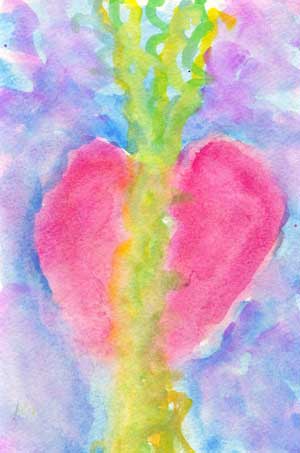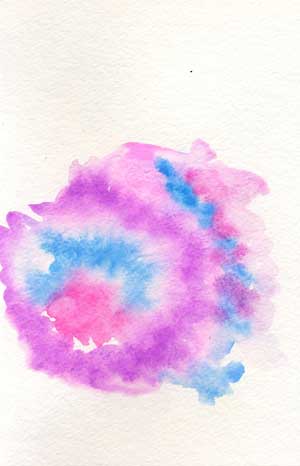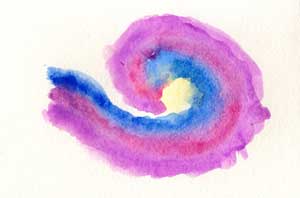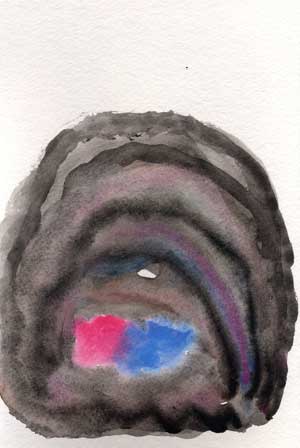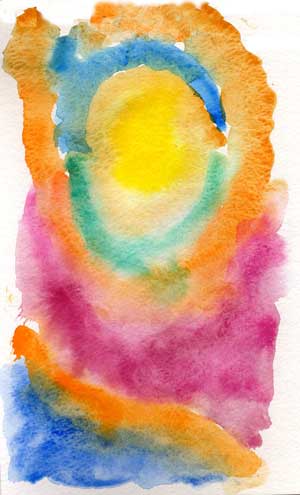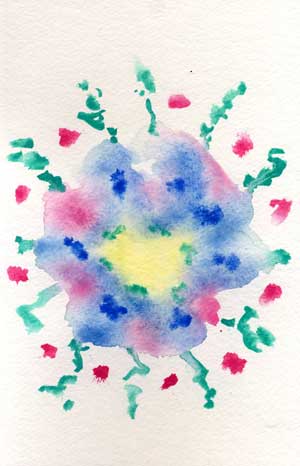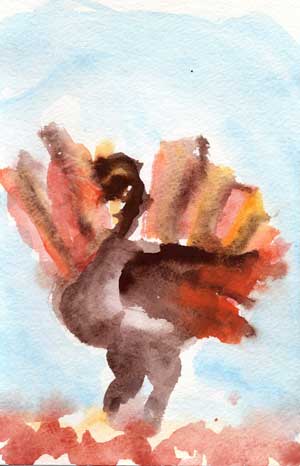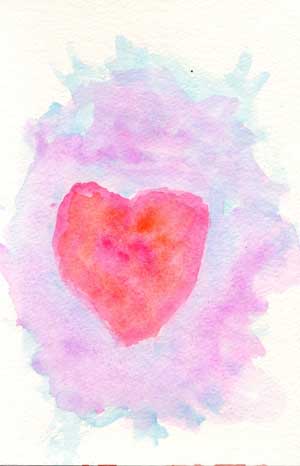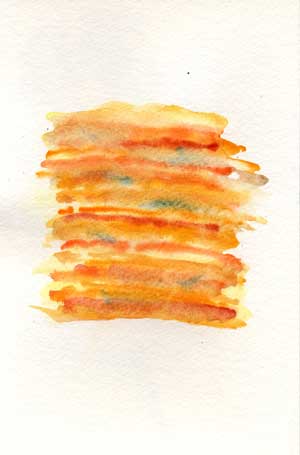I have the honor of being married to a military brat. The phrase "military brat" is not a description of behavior, but refers to someone who grew up with a parent on active duty in the military. In my case, this has meant learning to move. My husband moved often when he was a child and gets the moving itch every couple years. We have moved (by my rough count) 14 times in 29 years. We have been living in our present home for five years...a career-high. (Prior to my marriage, I had lived in the same house and town since birth.)
It took me a while to get the hang of it. Not the sorting and packing and hauling. That's fairly straightforward. Rather it's the art of holding relationships loosely in my hands and heart. In the early years, I found it difficult to form attachments, since I knew a move was likely right around the corner. With practice, I learned to go against my instincts. It was preferable, I discovered, to fall in love quickly with the people and places around me. Living without holding back served me better.
I use the same skills when it comes to living in this body. It looks likely that I will lose the use of my right (dominant) hand completely within the next five years. (My legs are already paralyzed.) I am meeting with occupational and physical therapists this afternoon to make a plan that will both accommodate and delay losses. I choose to keep loving my body even as it leaves me.
I have been watching, with mixed emotions, the drama being played out in the British press. Sir Terry Pratchett, a prolific and wonderful writer, was diagnosed with early-onset Alzheimer's in 2007. He has become an advocate of assisted suicide,
volunteering to be a "test case" and producing a documentary
Choosing to Die, which aired on the BBC last Tuesday night.
I am a fan of Pratchett's fantasy novels. I keep many of them on my iPod and listen nearly every night. His way of looking at the world has given me joy. Death is a recurring character in Pratchett's
Discworld series. Death is compassionate, friendly (in an awkward, shy away) and charmingly baffled by human behavior. I have frequently hoped that my death would be similar to Pratchett's imaginings.
Living with a progressive incurable disease, I understand a bit of the hollow fear Pratchett must be facing as he contemplates his future. MS has cognitive effects as well as physical and I have recently felt the frustration and panic of not being able to understand something I'm sure I would have grasped a few years ago.
Concern about Pratchett's activism has come from disability rights advocates. They, like me (I'm not active enough to say "we" but maybe someday…) fear that making assisted suicide legal and comparatively easy would move insidiously toward
encourged suicide.In these days of budget cuts, that's pretty scary stuff. Save yourself suffering – and the government money –by taking a "painless" way out.
I already worry (as do many people with disabilities) about the emotional, practical and financial burden my disability places on my family and those around me. I have days – at least several times a month – where I think, in frustration "I wish I would just die and get it over with." I mean it at that moment – and sometimes for days at a time – but I don't mean it permanently. Suicide is permanent.
Earlier this year I declared, "I intend to live until I die!" As soon as the words were out of my mouth I realized the deep truth of them. For me, this comes from my belief that I am part of Something Holy and that my role in this universe seems to be one of finding beauty and significance in the small, rejected and disregarded. I enjoy the
polytheistic chaos Pratchett's fantasy world (who can't love Anoia, the minor goddess of Things That Stick in Drawers?), but I suspect that his views do not include being part of a greater pattern.
Having faith does not mean I think things will be easy. I already chafe at the lack of control I have over my life. Somewhere in my reading about these issues, I ran into the idea that we all have a right to die peacefully, painlessly, surrounded by our friends. That seems like the height of narcissism. Since when is death supposed to be easy and peaceful? In one midwinter bout of depression I took my wheelchair outside, planning to freeze to death. It wasn't long before the cold and discomfort drove me back inside. As biological beings, we are meant to avoid pain and distress. It's part of what keeps us alive. I expect death to be painful and uncomfortable. I applaud the efforts of modern medicine to dodge pain and discomfort (without the baclofen pump snaking to my spine I would be in much more pain than I am right now), but I expect the actual process of dying to be unpleasant. Life – and death – aren't for sissies.
My brother and his wife have been taking care of her mother, who has Alzheimer's disease, for many years now. It's not easy. Ruby requires constant care and is not who she used to be. She is, however, a gift… sometimes a joy... as is witnessing their care of her. I often think to myself, after a visit, that "I just couldn't do it." I'm not referring to the physical care (which is rugged enough) but to the patient reassurances to Ruby of where she is, where her purse is, who these people are and what's going on. It seems superhuman, but I know it's not. It is what we do to take care of each other because we love and real life is hard sometimes. Hard but rich.
After I read about Pratchett's activism, I returned to my iPod with some reservations: would I still be able to enjoy Pratchett's humor and whimsy in light of his recent activities? Of course I can. I understand the fear of loss of control that's behind a wish for assisted suicide. I understand the seductiveness of an easy end. I believe in freedom of speech and our right to live out loud.
I also believe that life is meant to be lived. We live best when we embrace – falteringly if necessary – the difficult bits. I have been thinking lately about what will constitute a "win" for me in this life. The end piece, I decided, will be to die of natural or accidental causes. Successfully dodging the suicide monster – whether it comes from frustrated exhaustion, loss of faith, or societal encouragement – will be a win. Like most wins, it will not come without training, skills and effort, but it will be worth it.
